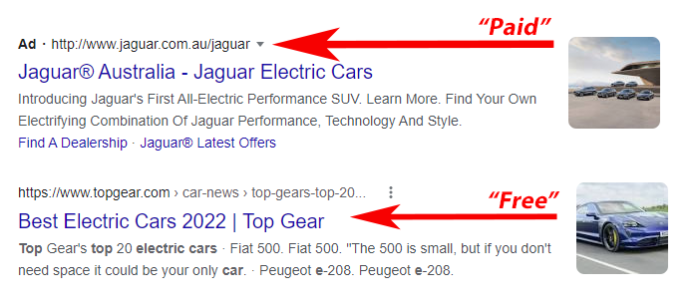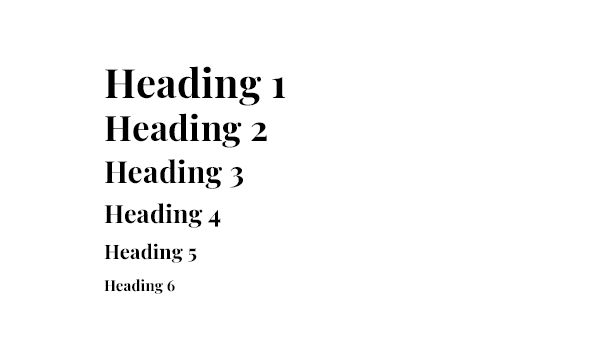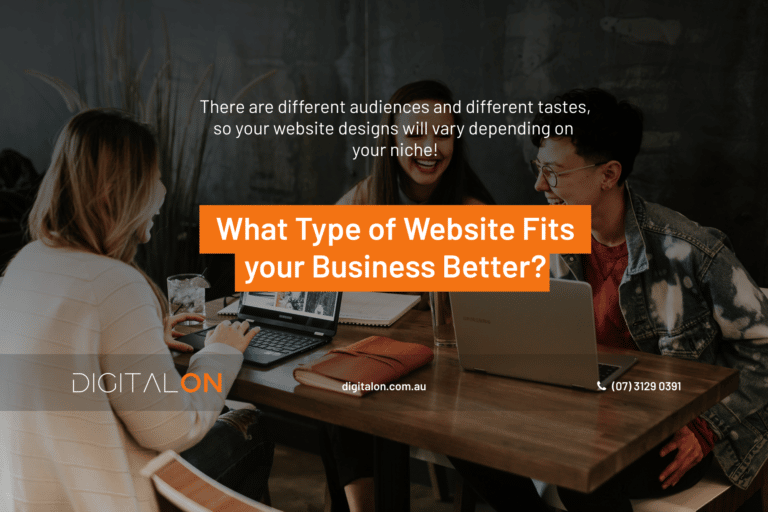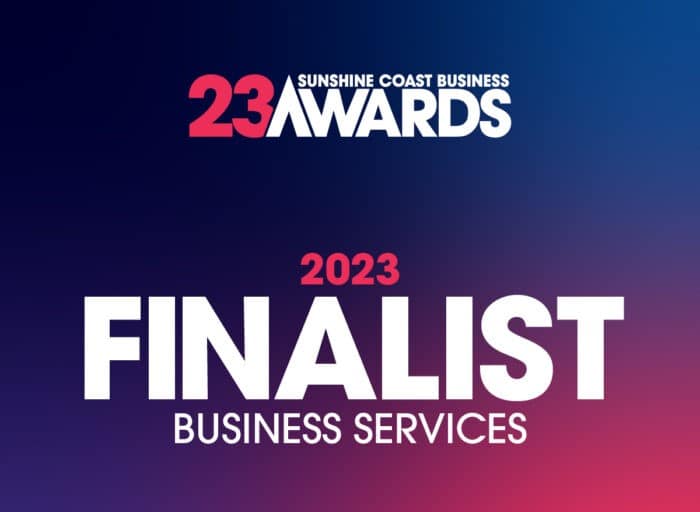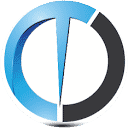Rank your website on the first page of Google
AWARD-WINNING SEO AGENCY SERVICES
We’re a multi-award winning Sunshine Coast SEO agency that has helped hundreds of businesses across Australia to grow their online presence.
Our SEO team is made up of SEO experts on the Sunshine Coast who can help you outrank your competition and get more leads and customers from your website. Our understanding of search engine algorithms, thanks to our SEO team lead’s PhD in this field, gives you unique access to optimisation tactics and methods to help you achieve better rankings in Google and other search engines.
We believe that a long-term relationship with our clients is the most valuable and we work hard to maintain it. We offer frequent communications across phone calls, emails, and reports detailing what has been done for your business. Our clients’ reviews speak for themselves, and we would love to have your business as well!
- Real Results Guaranteed
- Honest & Reliable SEO experts
- In-Depth SEO Audit
- SEO Strategy Tailored For Your Business
- Complrehensive Keyword Research
- SEO Copywriting & Content Creation
- On-Page SEO Optimisation
- Competitor Analysis
- High-Quality Link Building
- Detailed Reporting & Tracking
Why partner with DIGITALON SEO?
Proven records - We rank ourselves
When looking for an SEO company, you should make sure they rank themselves on page 1 of Google and practice what they advertise. We have been consistently ranked in the top 3 on Google search for more than 20 keywords, including SEO Sunshine Coast.
Real SEO experts - PhD with experience
We're not just your average SEO company. Our SEO team's lead holds a PhD degree in this field, giving us unique insight into how to rank higher on Google and other popular sites like Bing. The knowledge that we possess allows for better optimisation tactics which will help you achieve high rankings without breaking any rules. Our SEO experts are all right here on the Sunshine Coast, and we never outsource our SEO services.
Real results - Holistic approach
Our SEO Sunshine Coast services offer a holistic approach that covers all the bases, from web design and development, to content marketing, backlink building, ecommerce SEO, keyword research and more. By working together, these components will increase your website's rankings.
Honest & Reliable - Sunshine Coast local SEO experts
We've been in the business of helping businesses grow and succeed for years. We know how important it is to find an SEO company that will give your site all they got, but also provide real results. We work hard to be transparent with all our dealings, and we'll always let customers know upfront if something isn’t what was promised or expected.
What Our Clients Say
Google Reviews







Case Studies - SEO Results

Building Designer
Taylor'd Distinction is a building designer on the Sunshine Coast. We have given them an SEO analysis, implemented a comprehensive strategy to help their rankings improve over time. The new website has been being ranked #1 for "Building designers Sunshine Coast" in Google.

Yoga Studio
We have helped Haven Yoga Studio rank at the top of Google for their targeted keywords (eg. "Yoga Retreat Sunshine Coast"). This has been accomplished through a holistic approach, encompassing keywords & competitor analysis, one-on-one advice sessions, advanced on-page SEO techniques.
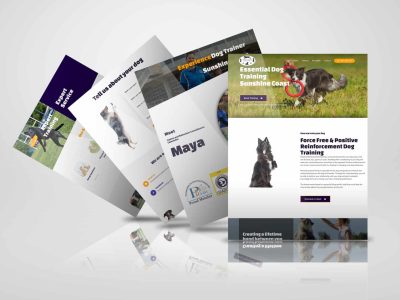
Dog Trainer
Essentail Dog Training is a dog trainer's website in Caloundra. Our SEO consultants worked tirelessly on the website to implement a custom SEO strategy. Now, anyone can easily find the website when Googling "dog training Caloundra". Maya, the dog trainer, often 'complains' about no time for the so many jobs coming from her website 🙂
Have a question about SEO Sunshine Coast?
Yes, definitely. With the right optimisation, your business can have a higher ROI by reaching new customers and capturing more of their attention with search engines. By implementing simple yet insightful tactics like targeted keywords or off-page SEO you are sure to rank better on any relevant searches on the web.
The value of SEO is not in the short-term gains, but rather its long term potential to generate organic traffic. Most SEO experts would tell you that it can take up two months or more before they see results from their work, but this process may be slower for some companies depending on the industry and size of website.
When people search the internet, they expect to find what they’re looking for and can be easily directed towards relevant content. To get on top in this race of relevance versus competition with other websites who have also been optimised by experts into winning positions requires an understanding of how things work behind-the scenes at Google’s search engine algorithms which rank pages based upon relevancy or authority sources. Google uses over 200 ranking factors, and these allow its algorithms to rank websites based upon relevancy.
Google has been putting a lot of time and effort into perfecting the user’s online experience. This means that they not only look at how quickly you load your website but also if it takes too long for things to happen or freeze up during use – which can really turn off potential customers!
Load time is determined by many factors, including when the page starts loading on your browser (e.g. first paint) vs. how fast images or certain scripts can be loaded in the background while most of it has already been downloaded for you.
SEO, or search engine optimization, is a process that can be used by businesses to improve their website’s visibility amongst search engines. Through the use of various techniques, businesses can make it easier for people to find their site when they are looking for a product or service that they offer. While there are many different aspects to SEO, the goal is always the same: to increase traffic and conversions from users who found your site through a search engine.
A query is an actual term you enter into Google to search for something. Even though the number of people searching for certain terms may vary from time to time, it’s important not only to note that these searches are quite predictable but also stable over long periods.
Every single query counts as a separate keyword. For example, if you go on Google and enter ‘Plumber’ vs. ‘Plumber near me’, your search will produce totally different results because each has its own monthly searches with varying levels of competition and commercial intent.
Third-party tools are necessary when it comes to keyword research because Google doesn’t share much of its information with us. They’ll provide you with an idea about competition levels among those specific words or phrases.
A backlink is a link from another website that points back to your own site. Such links are also called inbound links. Backlinks are considered to be a valuable SEO metric, as they indicate that other websites are vouching for your content and deeming it worth linking to.
SERP stands for “search engine results page.” In other words, it’s the page that Google displays after you’ve submitted a query. The SERP usually contains 10 organic results (the links that appear without any advertising), as well as paid ads and local business listings. 10 results are the standard number, but it can change depending on a variety of factors, such as the user’s location and the time of day.
Organic results are the links that appear in the SERP without any paid advertising. They are ranked based on their relevance to the search query and the quality of their content.
These are the paid listings identifiable with “Ad”. They come from so-called Google Ads campaigns.
‘Volume’ or ‘traffic’ is the number of people searching for a particular keyword each month. Make sure that the numbers given are for your target region e.g Australia and not the United States (America is the default usually).
Generally, the higher the volume of a keyword, the more difficult it will be to rank well for that term.
On-page SEO refers to all of the tactics you use on your own website to improve your site’s ranking. This includes optimizing your titles, meta descriptions, header tags, and images for keywords, as well as improving the overall readability and structure of your pages.
Off-page SEO is the process of improving your site’s rank in search engine results pages by building links from other websites. This includes acquiring high-quality backlinks from reputable sources and participating in link building schemes (white hat link building) and spammy practices that can actually get your site penalized by Google (black hat link building).
Meta descriptions are like short paragraphs for your page. They provide Google with additional information about the content on a website that goes beyond what appears in headings or titles. They are those short snippets of text that appear under your website’s link in search engine results pages. They’re used to summarise the content of your page and entice searchers to click through to your site. Again, they should include the main keyword(s) you want to target.
Google also tracks how many times they show your website or blog post to users. This metric is independent of the number of clicks it gets. However, it is taken into account when evaluating whether or not your page/article should be listed in the search results.
Google’s goal is to serve the user and their needs, so if your page receives many impressions but few clicks they will stop showing it in search results.
Domain authority is a metric used to measure the strength of a website. It’s determined by evaluating various factors, including the number and quality of inbound links. Sites with high domain authority tend to rank higher in search engine results pages.
Page authority is very similar to domain authority, except it measures the strength of a specific web page rather than an entire website. Page authority is determined by evaluating the same factors as domain authority, including the number and quality of inbound links.
An alt tag is an attribute you can add to images to help Google understand the content of the image. This is especially important for images that are used as links because it will help users know what to expect when they click on them.
Alt tags are displayed if an image cannot be downloaded due to bandwidth or other factors. It’s a good opportunity for keyword-rich text, but it’s important not just include words like “photo” or other generic terms because of recent ADA compliance issues – you are better served describing what each individual depicted in this photo actually looks like.
Websites are marked up in HTML (Hypertext Markup Language) and the H1 or Heading 1 tag is what gives your page its title, front and centre for all to see. This should include the main keyword you want to rank for. The page title also needs to describe what your business does in a few very to the point words.
The title tag is also the text that appears in the tab of your web browser when you open a page, as well as in the search engine results pages.
HTML has six levels of headings and they are hierarchical, meaning that each element’s importance is listed in relation to the other. Typically for SEO purposes, you want secondary keywords included within your H2/H3 tags at a higher level than what was used when writing original content or adding captions under images.
Heading tags help organise the content and make it easier to read for the user. Again the better the user experience the better for your ranking.
Google wants to ensure that the users find what they are looking for quickly and efficiently. If a visitor backs out of your site immediately after viewing it, they’ve most likely did NOT find what they are looking for on our site. And this is called Bounce Rate. Ideally, you want this number as low as possible.
There is one factor that the bounce rate does not take into account. It’s the case where a user clicks on your site and from there then directly clicks on a link to another site linked to yours. You would still have supplied the information to the user and this should count in a positive way.
Googlebot is the name of Google’s web crawler. It scours the web for new and updated content, which it then indexes so that it can be included in search engine results pages. Once a page has been indexed, it can be found by users conducting a search query.

